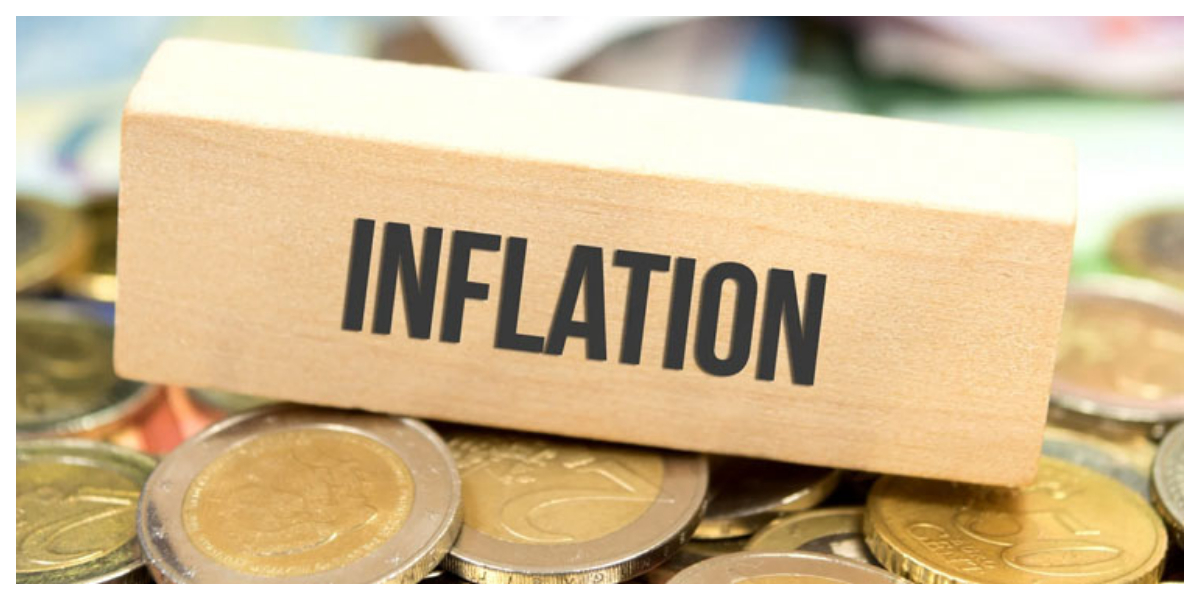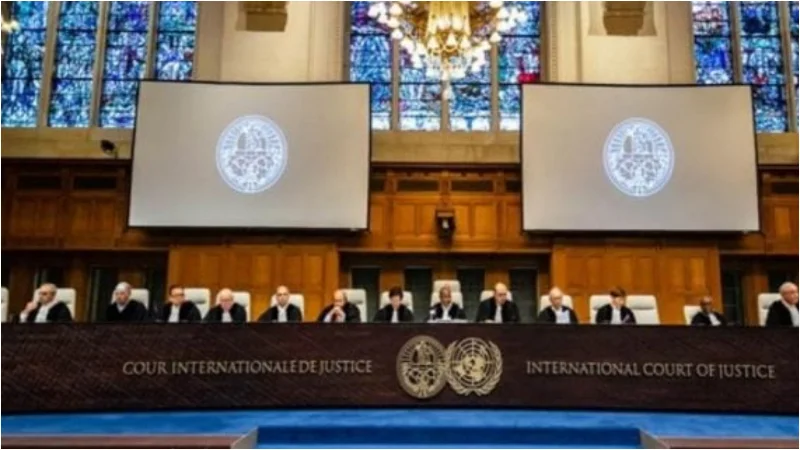NEW DELHI: India’s wholesale prices rose at their fastest rate in at least 17 years as the Ukraine conflict and a weak rupee pushed up energy and raw material expenses, posing a risk to firms unable to pass on costs.
While large retailers, food manufacturers, and consumer product companies such as Hindustan Unilever, Britania, and Procter & Gamble pass on increasing costs to customers, small businesses are finding it difficult to boost prices, according to industry leaders.
Annual wholesale price inflation (INWPI=ECI), a proxy for producer prices, rose to 15.08 percent in April, staying in double digits for the 13th month in a row and exceeding the 14.48 percent anticipated by analysts in a Reuters poll.
According to Refinitiv data, wholesale prices are at their highest level since at least April 2005. According to an earlier series, WPI inflation in April was the greatest since 1991, according to some private economists.
Economists predicted that, with wholesale and retail inflation both rising to 7.79 percent in April, an eight-year high, the central bank would push for aggressive rate hikes to keep prices in check. They also believe that higher rates will slow economic growth.
“With WPI inflation holding stubbornly in double digits, the likelihood of a repo hike in the June 2022 monetary policy review has increased even more,” said Aditi Nayar, chief economist at ICRA, Moody’s’ Indian branch.
She anticipates a 40-basis-point increase in the repo rate.
The Russian invasion of Ukraine in February pushed up already rising commodity and fuel costs, keeping global policymakers busy attempting to keep inflationary pressures under control.
[embedpost slug=”/in-india-doctors-claimed-an-infant-girl-dead-but-she-was-discovered-alive-during-funeral/”]
Slowdown danger
Rising prices have caused the Reserve Bank of India’s Monetary Policy Committee to boost the repo rate by 40 basis points this month and warn of more rate hikes, according to private analysts.
According to Nomura, India’s GDP growth in 2022 could drop to 6.8% from 8.3% last year as broad-based inflationary pressures weigh on demand amid tightening monetary conditions.
Fuel prices, which account for a large portion of the increase, increased 38.66 percent year over year, compared to 34.52 percent in March. This year’s rupee depreciation of about 4% versus the dollar has also made imported goods more expensive.
According to data, wholesale manufactured product prices increased 10.85 percent last month, compared to 10.71 percent the previous month, while food prices increased 8.88 percent, compared to 8.71 percent the month before.
Many small firms are facing extinction as fuel prices and metal prices such as steel, copper, and other materials rise, according to K E Raghunathan, convenor of the Consortium of Indian Associations, which represents almost half a million businesses.
“We think the worst is yet to come… and the situation demands war-like attention,” he added, noting that 15 million jobs are at jeopardy.




















